It had been a long time since I wanted to visit the Royal Palace of Venaria. When in 2007 the Royal Palace of Venaria reopened its doors after a long restoration, I was a university student totally immersed in the studies, between one exam session and the next one, and it didn’t occur to me to go and visit that unique baroque masterpiece.Ten years later, I went to visit it and it was a unique experience.
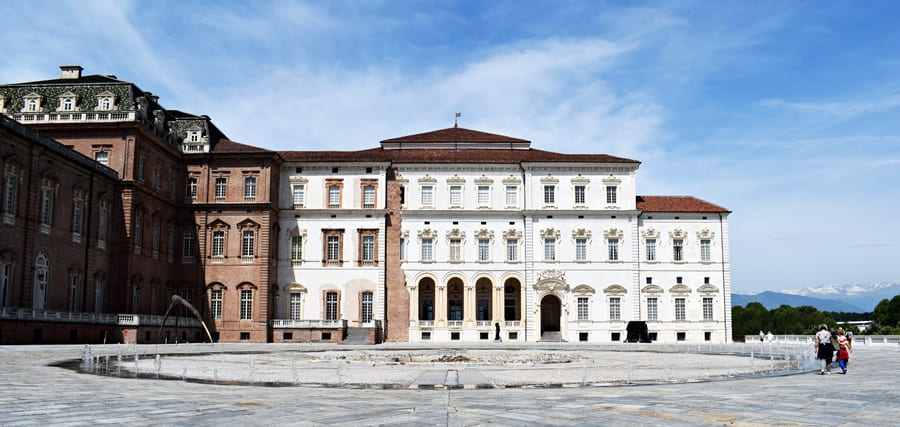
Main Courtyard of the Royal Palace of Venaria
Background
Before telling you about my visit to the Royal Palace of Venaria, let’s take a look at its history. Its construction started in the middle of the 17th century at the behest of Duke Carlo Emanuele II of Savoy and his wife. The project was entrusted to Amedeo di Castellamonte, who designed a magnificent project that included a hunting palace, the Italian gardens (with terraces and fountains), a hunting forest and an entire village (the ancient village of Venaria Reale).
During the 18th century, the construction passed to Michelangelo Garove, who, under the directives of Duke Vittorio Amedeo II, redesigned the gardens, following the example of the marvelous ones of the Palace of Versailles. When the Duke became King, the project of the extension of the Royal Palace of Venaria was entrusted to the Sicilian Filippo Juvarra, who brought the Palace to be one of the greatest examples of Baroque style, creating the Galleria Grande, the Chapel of Sant’Uberto, the Citroneria and the Stables.
Subsequently, the Savoy family commissioned Benedetto Alfieri to build a system of galleries and communication environments, bringing the building to the state we see today.
With the decline of the Ancient Regime and the Napoleonic period, the Royal Palace of Venaria ceased to be a royal residence and was transformed into military barracks; the gardens became a field for military trainings and “parking” for the cannons.
After the Second World War, the Royal Palace of Venaria ceased to be a military garrison and was abandoned to itself, becoming a prey to vandals. Luckily things changed, when in 1997 the Royal Palace of Venaria was declared a World Heritage Site by UNESCO. In 1999 the restoration work began, which in 8 years brought the Royal Palace of Venaria back to its former glory. In 2007, the Royal Palace reopened its doors, becoming one of the top attractions of Turin and Piedmont. Today it is not only a place to visit, but it is also used as an exhibition and event location.
My visit to the Royal Palace of Venaria
I reached the Royal Palace of Venaria with the Venaria Express, a shuttle bus offered by GTT (for info on this service, read below), which conveniently connects Turin city centre with the Royal Palace of Venaria and the Park of La Mandria, and vice versa. Arrived at elevenish, I went first to the ticket office and then I took some pictures outside the palace.
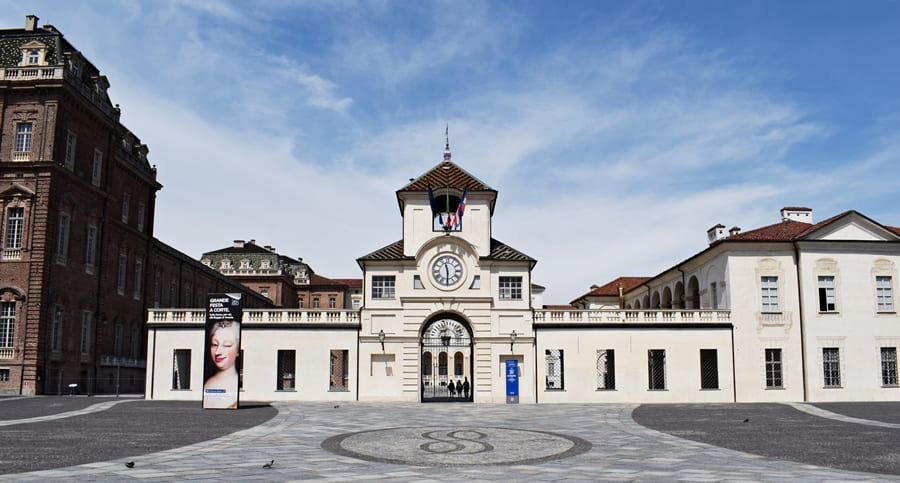
Clock Tower
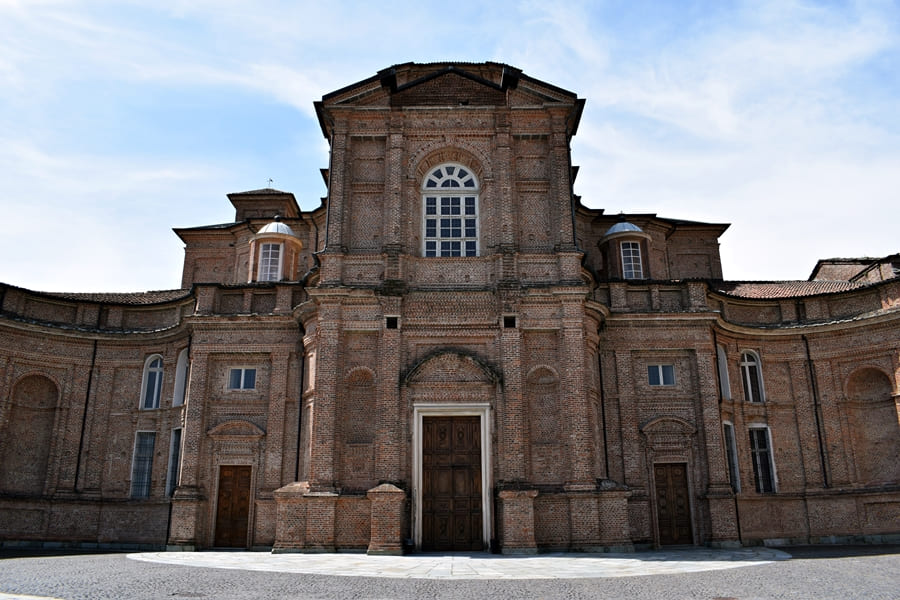
Church Of St. Hubert
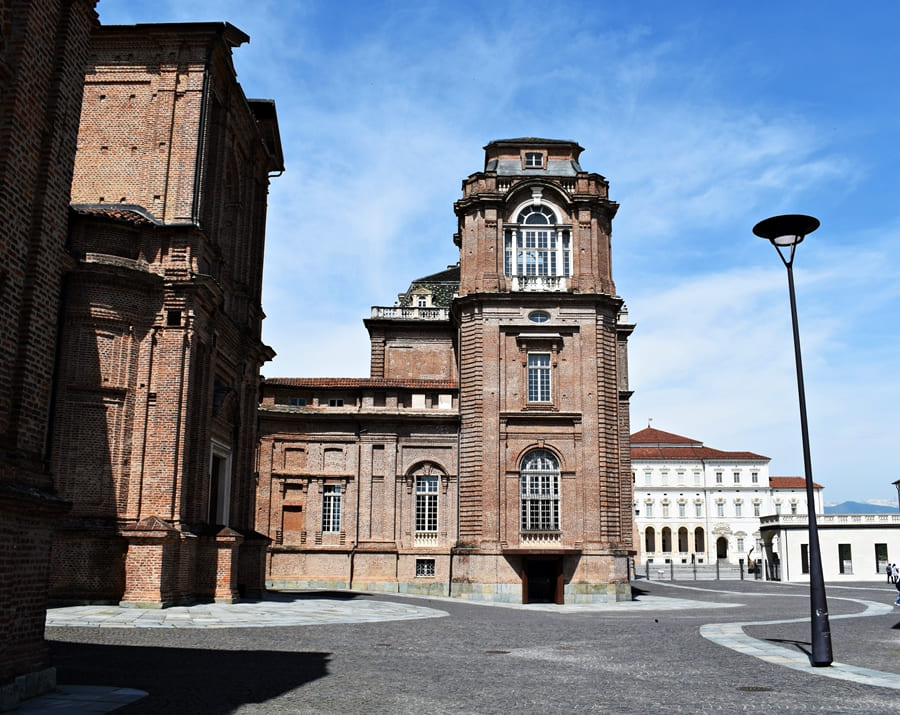
Outside the Royal Palace of Venaria
The history of the Savoy and the Royal Palace of Venaria
Once decided to enter, the attendant at the entrance warned me that in the next few minutes, at noon, there would have been water games at the Courtyard. The Water Theatre consists of 100 water nozzles, projectors and steam pipes, which create a suggestive coreography to music.
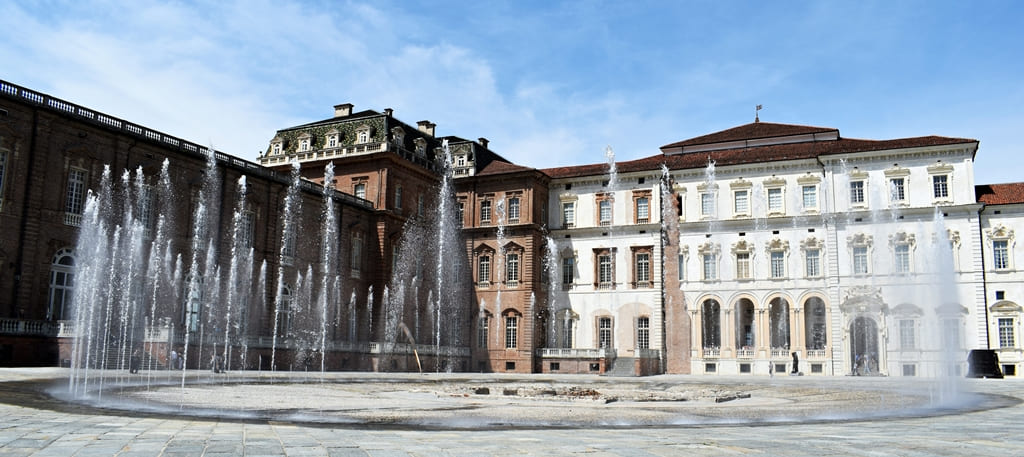
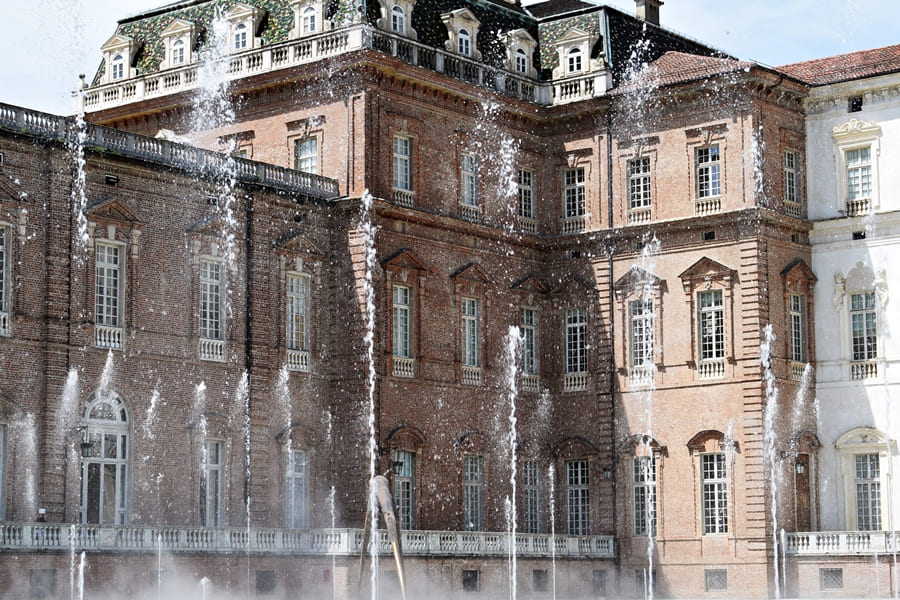
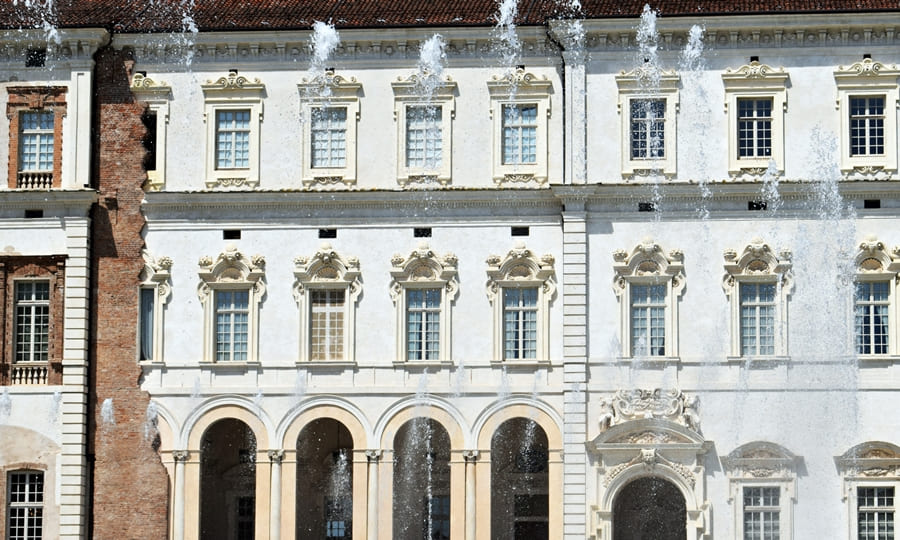
Water Theatre at the Courtyard
After the water games, I started my tour inside the Royal Palace of Venaria. The first section of the tour takes place in the basement, where there is an exhibition that tells the story of the House of Savoy, with many paintings and objects that belonged to the Savoy dynasty.
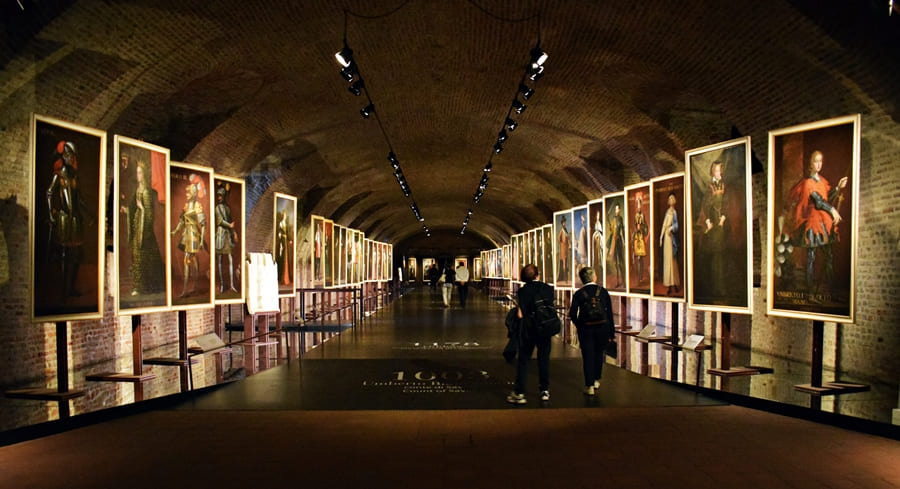
Exhibition on the history of the Savoy House at the Royal Palace of Venaria
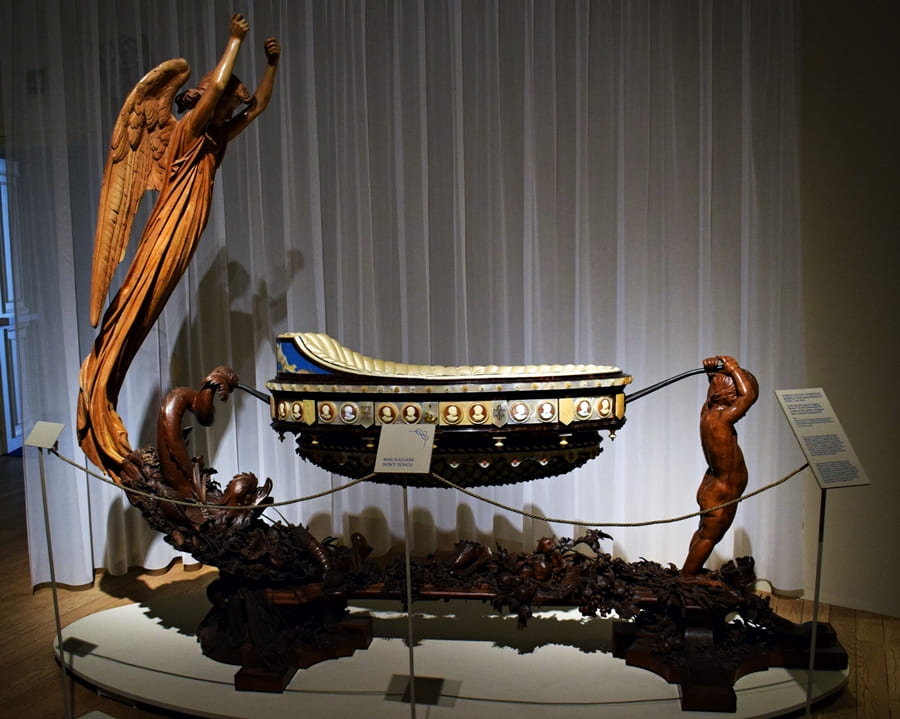
Cradle of Vittorio Emanuele III
In the last rooms of this section the story of the Royal Palace of Venaria is told, from the Castellamonte’s project (partly unrealized), to the works by Garone, Juvarra and Alfieri.

Reconstruction of the throne room
The royal apartments
The tour continues upstairs, on the Piano Nobile, where starting from the splendid Sala di Diana, you can visit the seventeenth-century area of the building, with the apartments of the Duke and Duchess, and then go to the eighteenth-century apartments of the King and Queen, with hundreds of original objects that belonged to the royal family, thus immersing yourself in the atmosphere of the time.
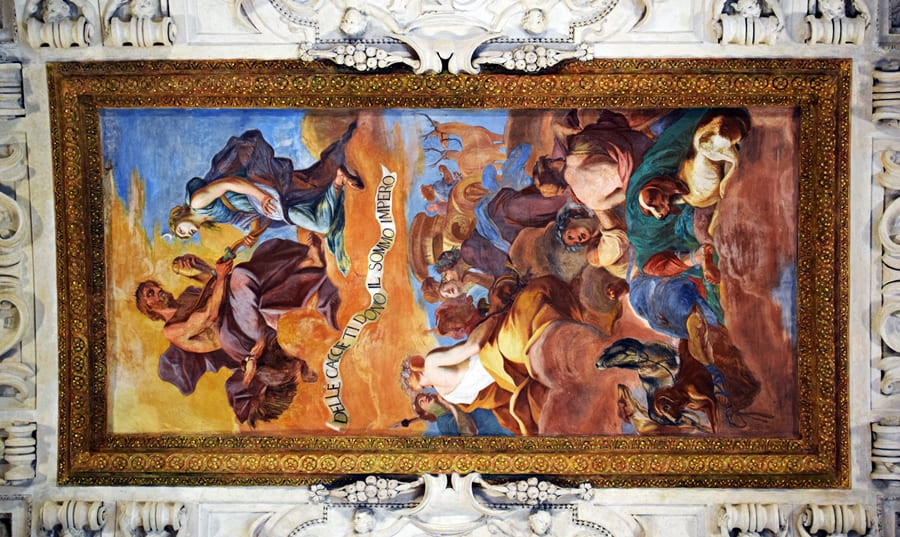
Ceiling of the Sala di Diana
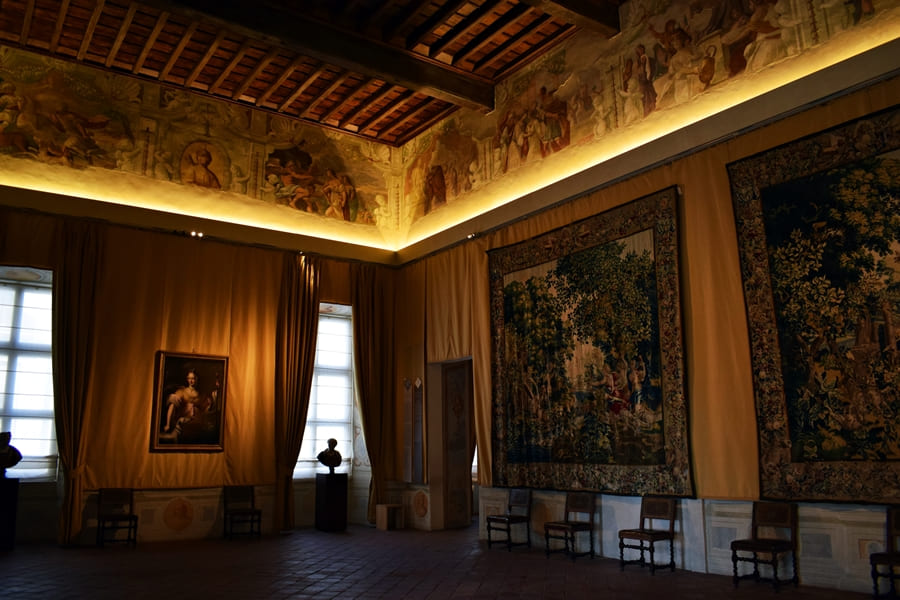
Seventeenth-century apartments
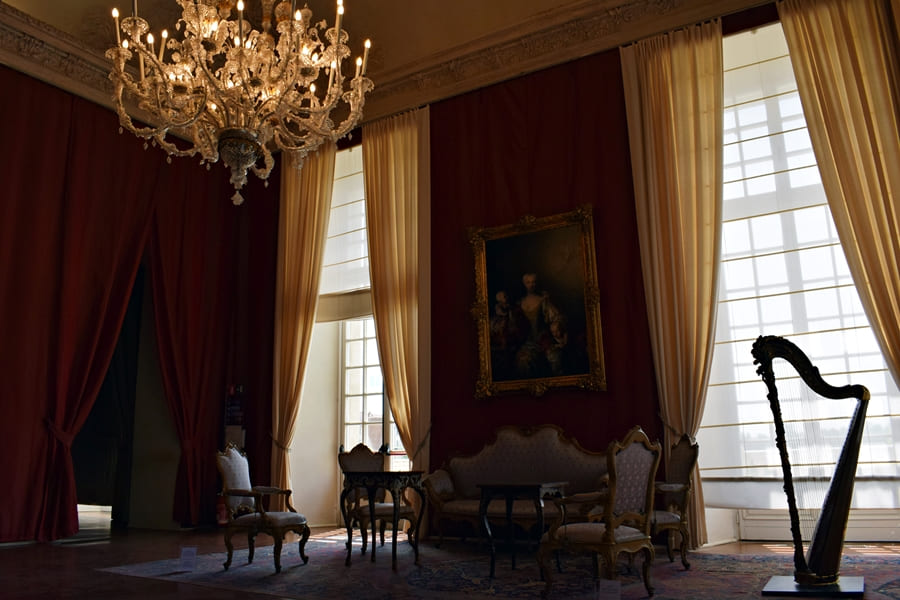
Eighteenth-century apartments
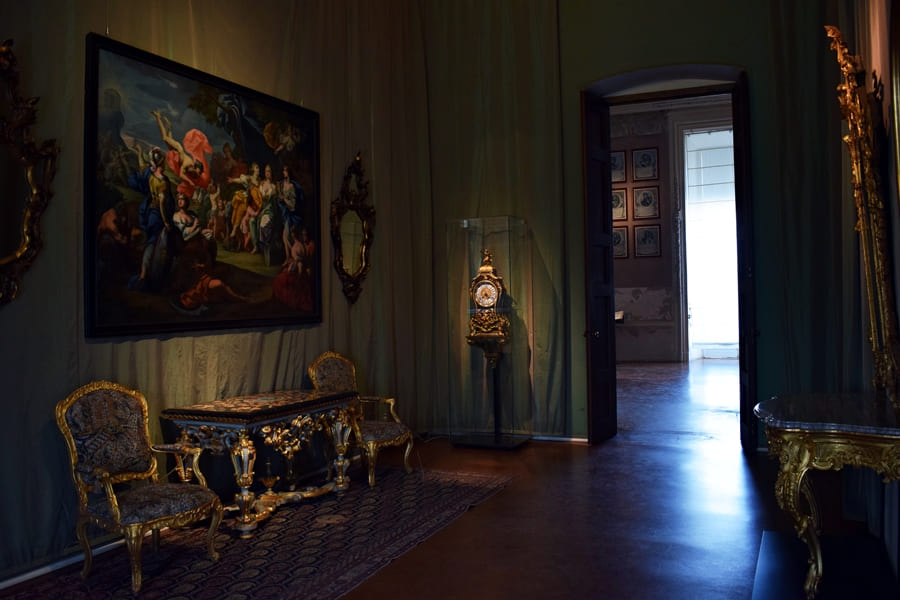
Royal apartments
The Galleria Grande
Without taking anything away from the many beautiful things that can be seen at the Royal Palace of Venaria, the highlight of the whole tour is undoubtedly the Galleria Grande. I remember that, when I had finished visiting the King’s apartment, I had a door in front of me with a red curtain that did not allow me to see what was over it, once I would have passed. Moving the curtain to go, I was petrified before a beauty that can not be described. I was speechless! I have seen beautiful places so far, but I think that nothing has ever had such an effect on me. Who has already visited this place knows what I’m talking about!
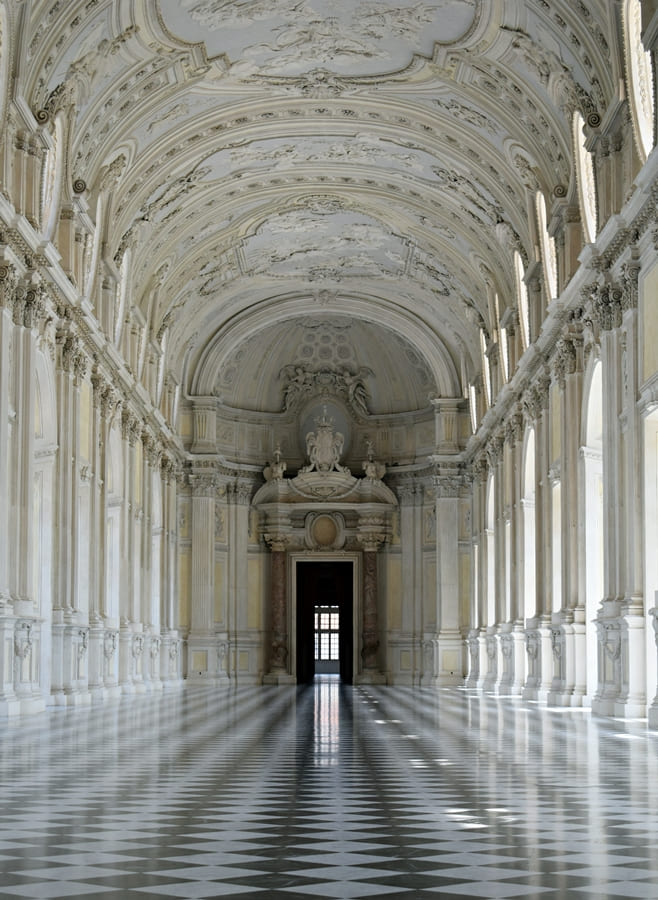
The Galleria Grande
The Galleria Grande is an environment that unites the King’s apartment block with that of the heir to the throne. The visitor is struck first of all for its dimensions (it is 80 meters long, 15 high in the central part and 12 wide), but also for the majesty of the decorations that make it one of the greatest examples of baroque style… the unmistakable work of FIlippo Juvarra can’t be hidden!

Vault of the Galleria Grande
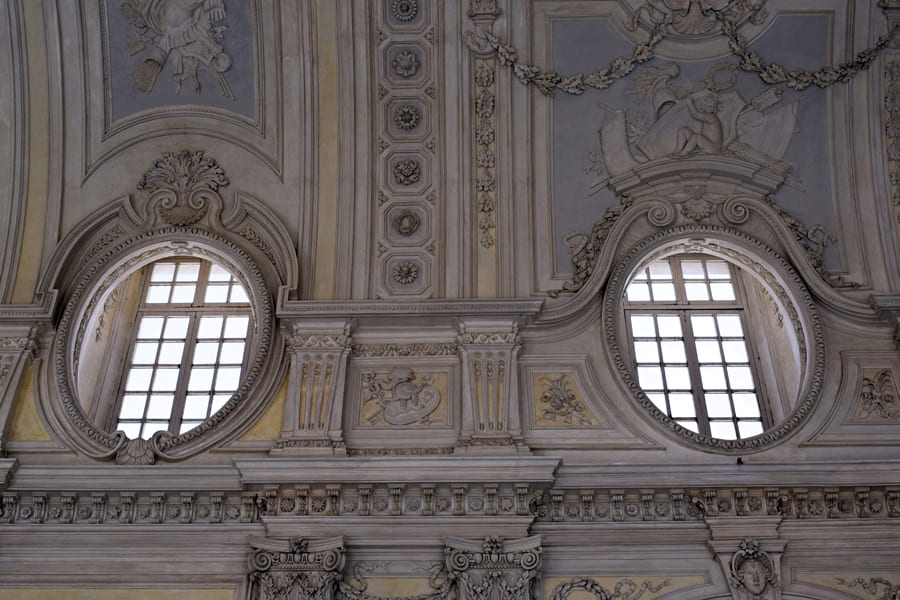
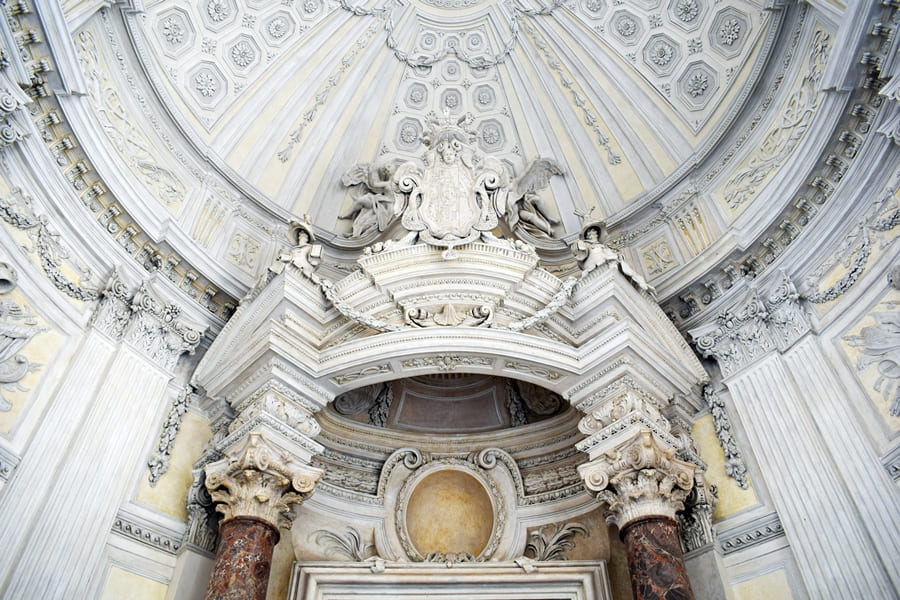
Details of the Galleria Grande
Another feature of the Galleria Grande is the light effect created by the large windows and the openings on the vault, which highlight the decorations. For the record, I stayed 50 minutes in that room because I could not get away because of its beauty.
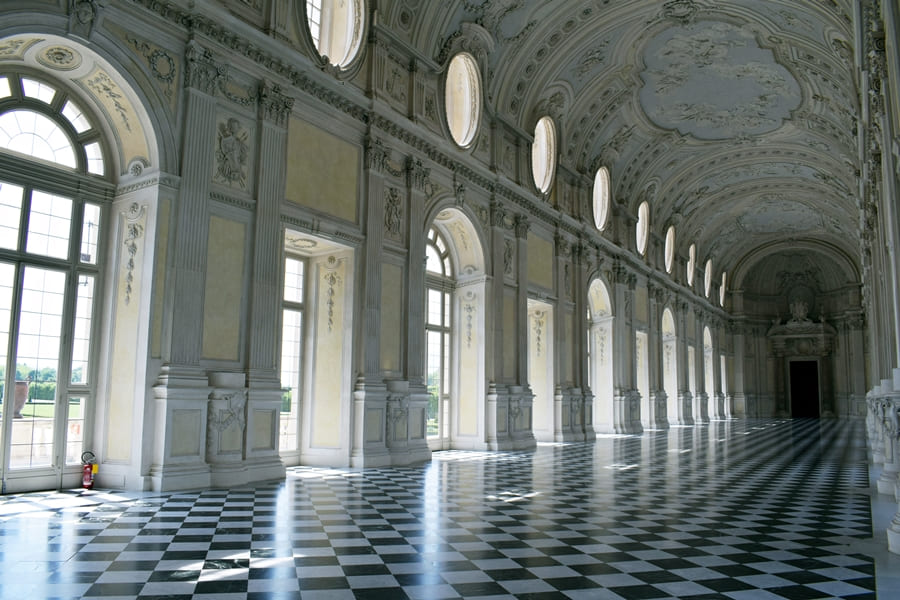
Light effect of the Galleria Grande
The Chapel of St. Hubert
But the tour had to continue. After passing the other rooms of the royal apartments, I came to the Chapel of St. Hubert, dedicated to the patron saint of hunting. This is also a work by Filippo Juvarra and this is visible in the sumptuous decorations and the light effect, which resumes those of the Galleria Grande.
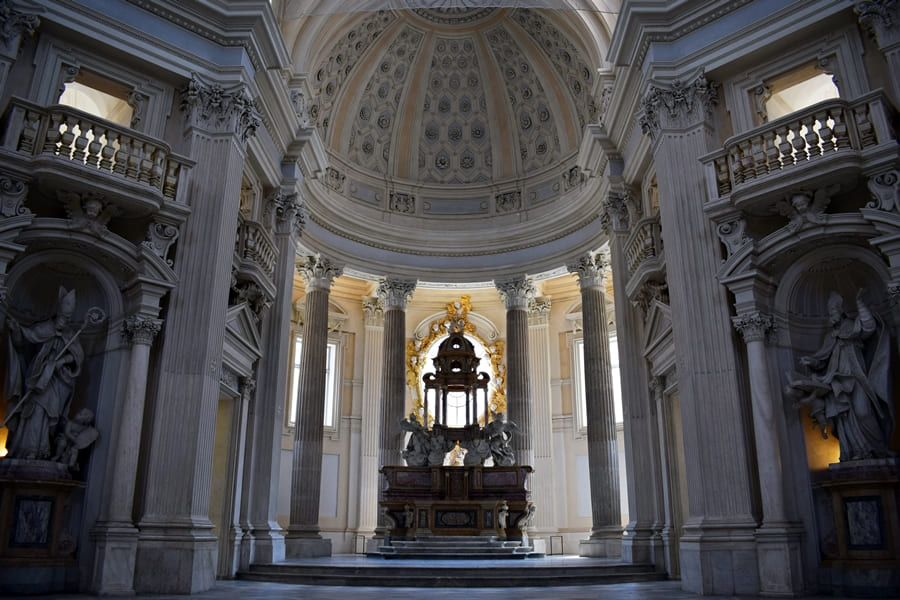
The Chapel of St. Hubert
The gardens
After visiting the Palace, it was time to admire its wonderful gardens. They are divided into two levels: Parco Alto (High Park) and Parco Basso (Low Park). In both cases you walk along avenues and paths lined with colorful flowers and plants of all kinds, all well maintained respecting the geometric shapes, according to which the garden was conceived. Let’s not forget the beautiful English-style rose gardens!
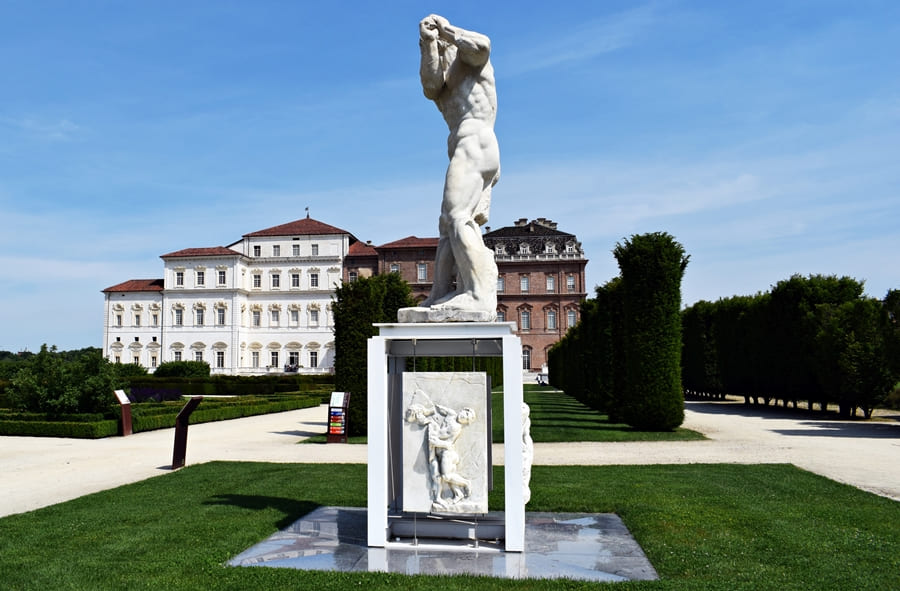
Statue of Hercules Colossus
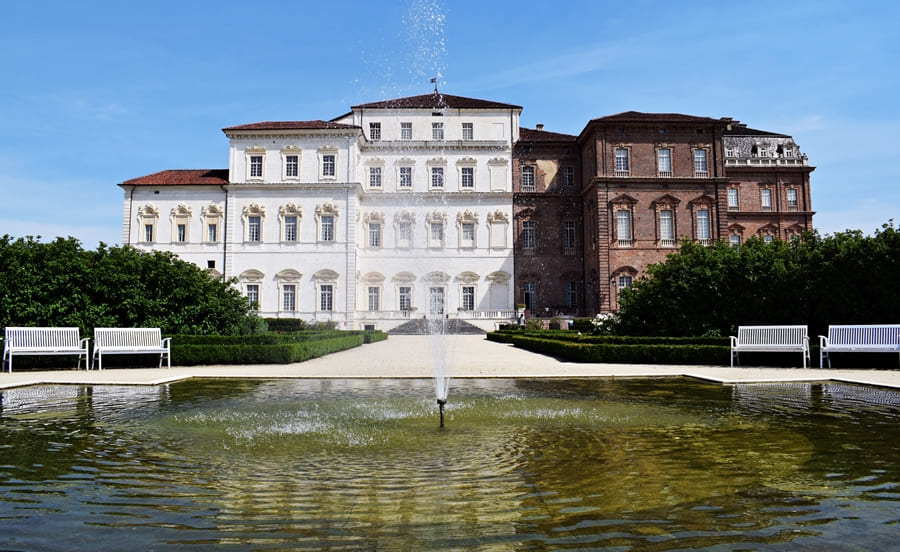
High Park
The must-see places in the low garden are the remains of the Fountain of Hercules, the Temple of Diana and the Peschiera, a vast basin of water where the Palace is mirrored – pity that day the water was dirty with algae!
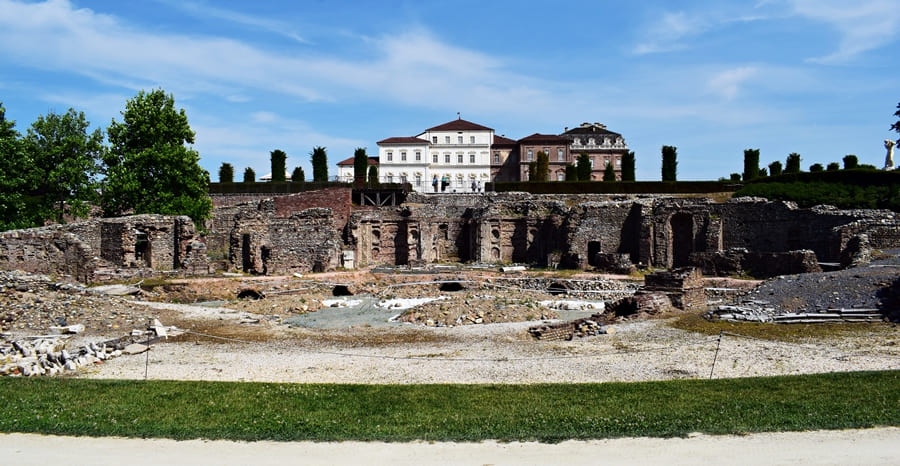
Remains of the Fountain of Hercules
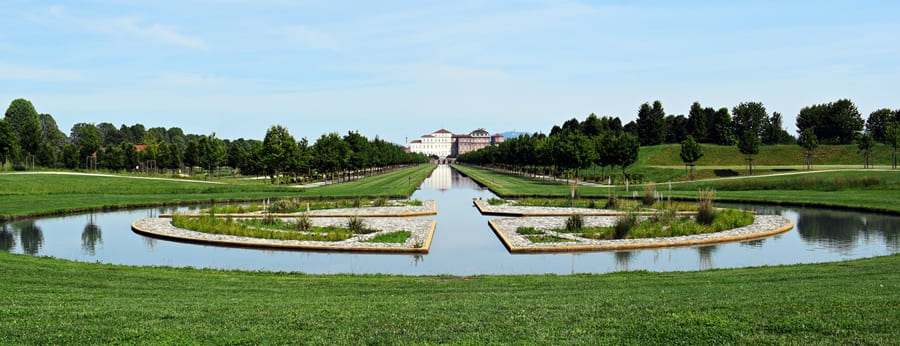
Low Park, remains of the Temple of Diana
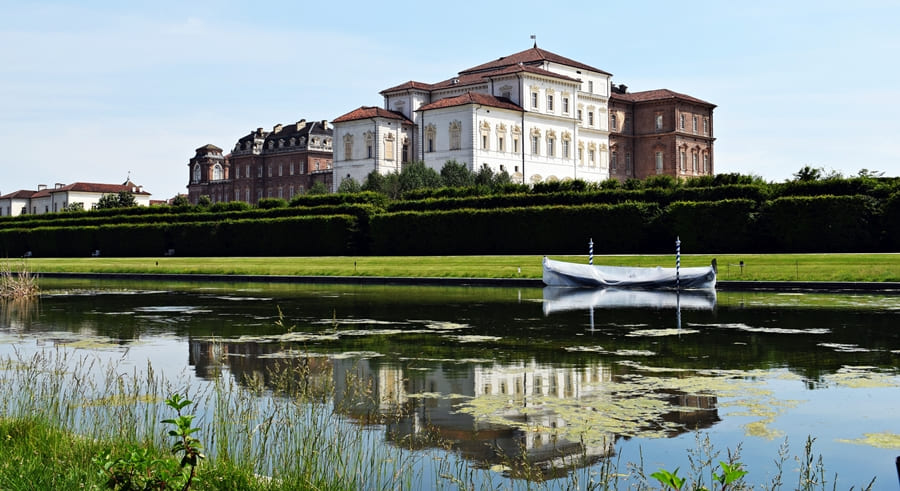
The Peschiera
Last thing to see, not because less important or beautiful, are the Stables, which were also built by Juvarra. Unfortunately that day I could not visit them, because it was almost closing time… It’s no surprise, since I stayed 50 minutes in the Galleria Grande! 😀 So, for the moment I postpone their description to my next visit – I don’t like describing things I didn’t see with my own eyes!
Before taking the shuttle bus to go back to Turin, I took a short walk in the lovely old village of Venaria Reale.
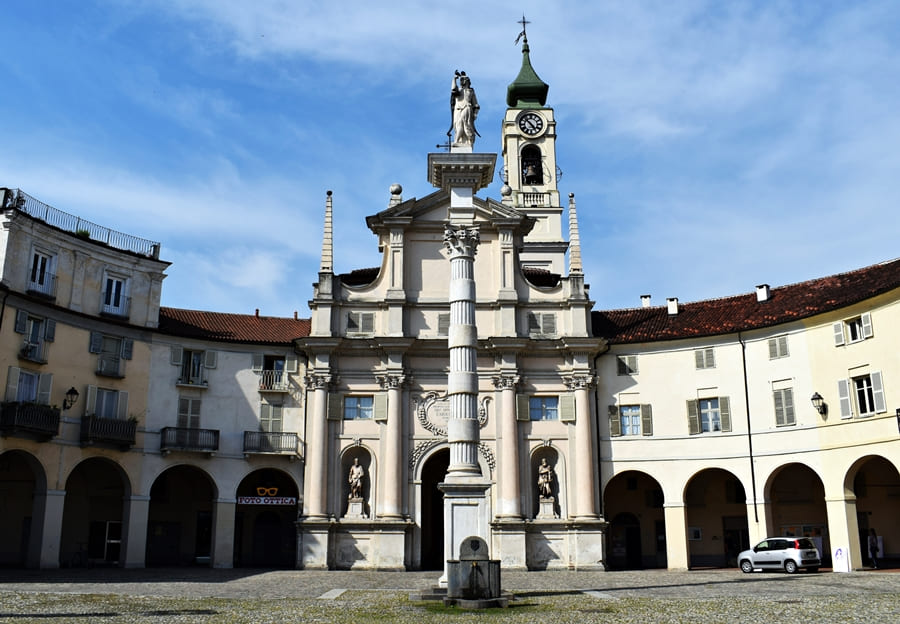

Old Village of Venaria Reale
Royal Palace of Venaria: some useful information
The Royal Palace of Venaria is located in the municipality of Venaria Reale, not so far from Juventus Stadium.It is possible to reach it by bus, through the shuttle service Venaria Express, which connects Turin city centre with the Royal Palace of Venaria and the Park of La Mandria.For more information on the Venaria Express, click here.
Alternatively, you can reach Venaria by train, taking the GTT line departing from the Dora station (the same line to get to Turin Caselle airport), or by buses 11 or 60 (but travel times get longer).
Here are the Royal Palace of Venaria opening hours:
- Monday: closing day (if a public holiday, excluding Christmas, is on a Monday, the Palace is open with the same opening hours as Sundays);
- Tuesday to Friday: from 9 am to 5 pm;
- Saturday, Sunday and holidays: from 9 to 18.30.
The ticket offices and the entrances close one hour earlier than the times indicated above.
For more information on the palace, on the temporary exhibitions present and the events, the costs and the different tickets, visit the official website.
If you are looking for other ideas on what to see in Turin, click here.

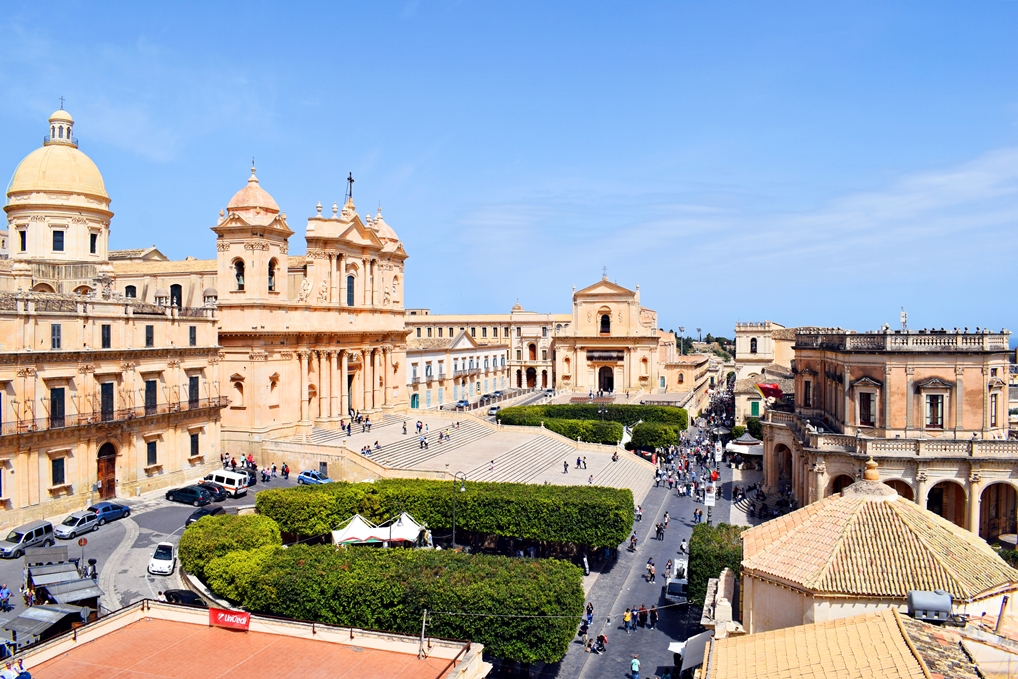

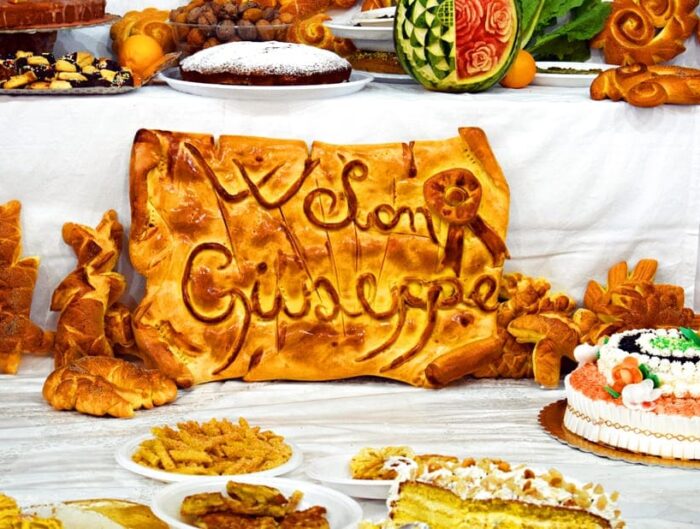
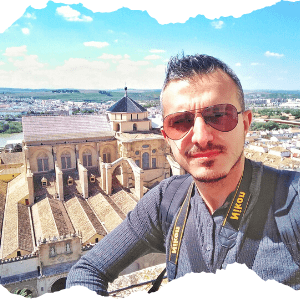

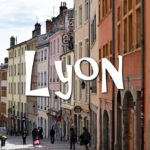

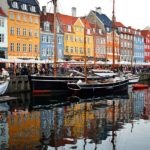
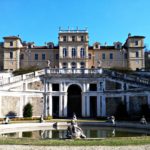
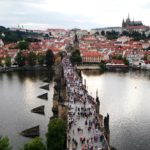
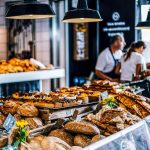
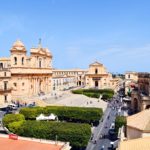

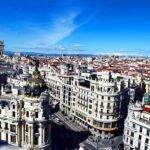
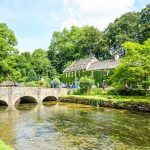
Leave A Reply